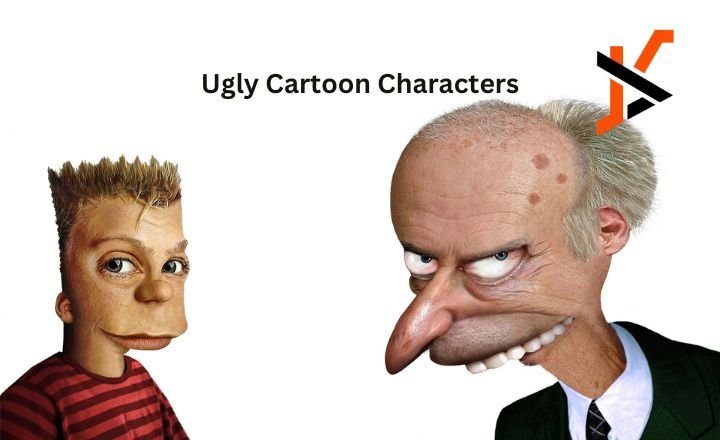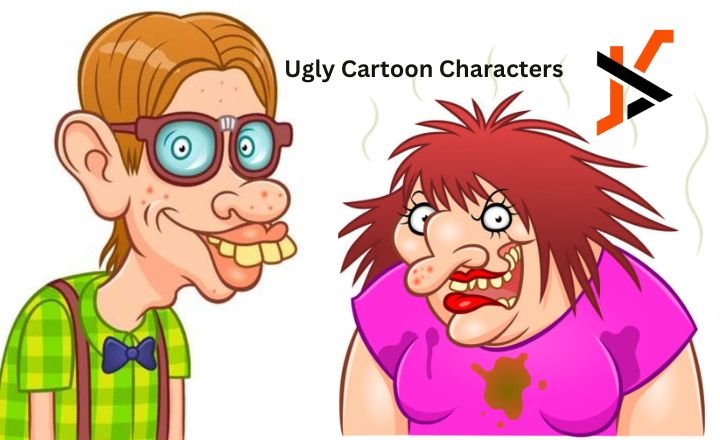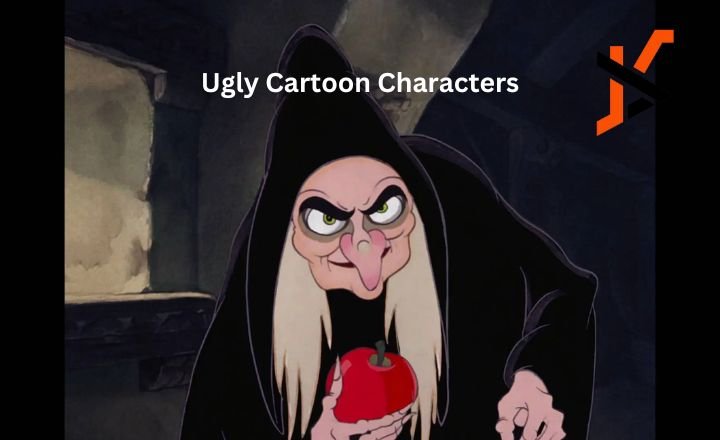In the vibrant world of animation, where beauty and charm often dominate the screen, there exists a unique subset of characters that defy conventional standards of attractiveness. These are the ugly cartoon characters, whose distinctive designs, quirky traits, and memorable personalities have made them beloved by audiences around the globe. While they may not conform to traditional notions of beauty, their charm lies in their authenticity, depth, and often, their ability to bring humor and heart to their stories.
The Appeal of Ugly Cartoon Character
Ugly cartoons serve a vital purpose in storytelling. They challenge the status quo of beauty and perfection, reminding audiences that appearance is not everything. In a world that often prioritizes looks, these characters teach valuable lessons about acceptance, self-confidence, and the importance of inner qualities.
Diversity in Character Design
The beauty of animation lies in its ability to create diverse characters that reflect different aspects of society. These characters contribute to this diversity, showcasing a range of shapes, sizes, and features that diverge from conventional standards. This representation is crucial, as it allows audiences to see themselves in characters who may not fit the mold of traditional beauty.
For example, characters like Shrek from the beloved DreamWorks film exemplify this idea. Shrek is an ogre, a creature typically associated with fear and ugliness. However, throughout the film, he proves that kindness, bravery, and love are what truly matter.
Humor in Imperfection
Another defining trait of these characters is their ability to evoke laughter. Their unconventional appearances often lead to comedic scenarios that entertain audiences of all ages. Characters such as the Grinch from Dr. Seuss’s “How the Grinch Stole Christmas!” exemplify this comedic potential. The Grinch’s scraggly appearance and grouchy demeanor contrast sharply with the cheerful Whos of Whoville, creating a humorous dynamic that drives the story.
Moreover, these characters often find themselves in absurd situations, further highlighting their imperfections. The humor derived from their quirks and flaws serves to humanize them, making them relatable and endearing.

Iconic Ugly Cartoon Characters
These characters, despite their unconventional appearances, have captured the hearts of audiences and left a mark on the industry.
1. Shrek
As mentioned earlier, Shrek is one of the most famous ugly characters in cinematic history. His journey from a misunderstood ogre to a beloved hero showcases the importance of self-acceptance and the power of love. With his distinctive green skin, large frame, and gruff demeanor, Shrek challenges traditional notions of beauty while teaching valuable life lessons about friendship and acceptance.
2. The Grinch
The Grinch, created by Dr. Seuss, is another classic example of an ugly cartoon character. His green, furry exterior and sour personality make him an unlikely protagonist. However, his transformation from a cynical creature to a heartwarming figure exemplifies the idea that even the most seemingly unlovable characters can change and grow. The Grinch’s story reminds us that it’s what’s inside that counts.
3. Edna Mode
From Pixar’s “The Incredibles,” Edna Mode is a character that stands out not only for her unconventional looks but also for her fierce personality. With her short stature, unique hairstyle, and bold fashion choices, Edna challenges traditional beauty standards. Her confidence, intelligence, and creativity make her a memorable figure in animation, proving that these characters can be powerful, stylish, and inspiring.
4. Wreck-It Ralph
Wreck-It Ralph, the titular character from the Disney film, embodies the essence of an ugly cartoon character. With his large, blocky frame and rough exterior, Ralph is initially seen as the villain of his video game world. However, as the story unfolds, he reveals a sensitive and caring side, highlighting the importance of friendship and self-worth. Ralph’s journey of self-discovery resonates with many, showcasing that true beauty lies in one’s actions and intentions.
5. Oogie Boogie
From “The Nightmare Before Christmas,” Oogie Boogie is a classic example of an ugly cartoon character with a sinister twist. With his burlap sack body and creepy demeanor, he serves as the film’s antagonist. Despite his frightening appearance, Oogie Boogie’s character adds depth to the story, reminding audiences that even villains can be complex and engaging.
Their Role in Modern Media
In recent years, the portrayal of ugly cartoon has become even more significant. As society continues to grapple with issues of beauty standards and self-acceptance, these characters provide a counter-narrative that promotes diversity and individuality.
Challenging Beauty Norms
In a world where social media often dictates beauty standards, ugly cartoon serve as a reminder that everyone is unique. They challenge the notion that looks define worth, encouraging audiences to embrace their imperfections. This message is particularly relevant in today’s climate, where self-esteem and body image issues are prevalent among all age groups.
Promoting Inclusivity
The inclusion of such cartoon characters in mainstream media fosters a sense of belonging for those who may feel marginalized. When audiences see characters who reflect their own experiences and struggles, it cultivates empathy and understanding. This representation is vital in creating a more inclusive society, where individuals feel valued for who they are, not how they look.

Conclusion
Ugly cartoon characters play a crucial role in the landscape of animation and storytelling. They challenge conventional beauty standards, evoke humor, and convey powerful messages about acceptance and self-worth. Through characters like Shrek, The Grinch, and Wreck-It Ralph, audiences are reminded that true beauty lies in one’s actions, personality, and the ability to connect with others.
As we celebrate these unconventional figures, we recognize their importance in promoting diversity, inclusivity, and the celebration of individuality. In a world that often prioritizes physical appearance, these characters stand as reminders that everyone deserves love, acceptance, and a place in the narrative.

